Aerodynamic CFD Simulation of Javelin Rockets, ANSYS Fluent
$100.00 $50.00 Student Discount
- This problem simulates a javelin rocket using ANSYS Fluent software.
- The geometry is designed in SpaceClaim, and the meshing is performed using ANSYS Meshing.
- The simulation is carried out using the density-based solver.
- The turbulence model is set to Realizable k-ε.
To Order Your Project or benefit from a CFD consultation, contact our experts via email (info@mr-cfd.com), online support tab, or WhatsApp at +44 7443 197273.
There are some Free Products to check our service quality.
If you want the training video in another language instead of English, ask it via info@mr-cfd.com after you buy the product.
Description
Description
Javelin rockets are shoulder-fired, unguided, rocket-propelled missiles designed for portability and ease of use by individual soldiers in combat situations. The aerodynamic performance of these rockets is critical to their effectiveness, impacting factors such as range, accuracy, and stability. Computational Fluid Dynamics (CFD) has emerged as a powerful tool for simulating and optimizing the aerodynamic characteristics of javelin rockets.
This study presents a detailed CFD analysis of a javelin rocket using ANSYS Fluent software. The rocket geometry was designed using SpaceClaim software and then meshed in ANSYS Meshing with approximately 8 million cells. To improve computational efficiency, the mesh was converted to a polyhedral mesh in Fluent, resulting in around 2,5 million cells. The simulation was performed using a Density-based steady-state solver, with air modeled as an ideal gas. The realizable k-ε model was employed to capture the turbulence effects.
You can Also view the Dynamic Stability Derivatives and dynamic mesh simulation of this product.
Boundary conditions
Wall boundary conditions were applied to the rocket surface, while pressure far-field conditions were used for the other boundaries. The case was solved using the SIMPLE algorithm at a Mach number of 1.7.
Results
The fact that the majority of the y+ values fall within the recommended range of 30 to 300 for wall functions is a good indication that the mesh resolution is suitable for the realizable k-ε model. The wall functions are designed to model the near-wall flow behavior without resolving the viscous sublayer, and they perform well when the y+ values are within this range.
In the small parts where the y+ values are near 2, the mesh resolution is finer than typically recommended for wall functions. In these regions these low y+ regions are relatively small compared to the overall geometry, their impact on the overall solution should be limited.

Static Pressure: The static pressure contour plot reveals the pressure distribution on the rocket surface. A high-pressure region is observed at the nose tip, with a maximum pressure of around 3.38e+05 Pa. This high pressure is due to the stagnation point at the nose, where the flow rests. The pressure decreases along the body, with low-pressure regions near the fins and in the wake. The pressure distribution is consistent with the expected pattern for a supersonic flow.
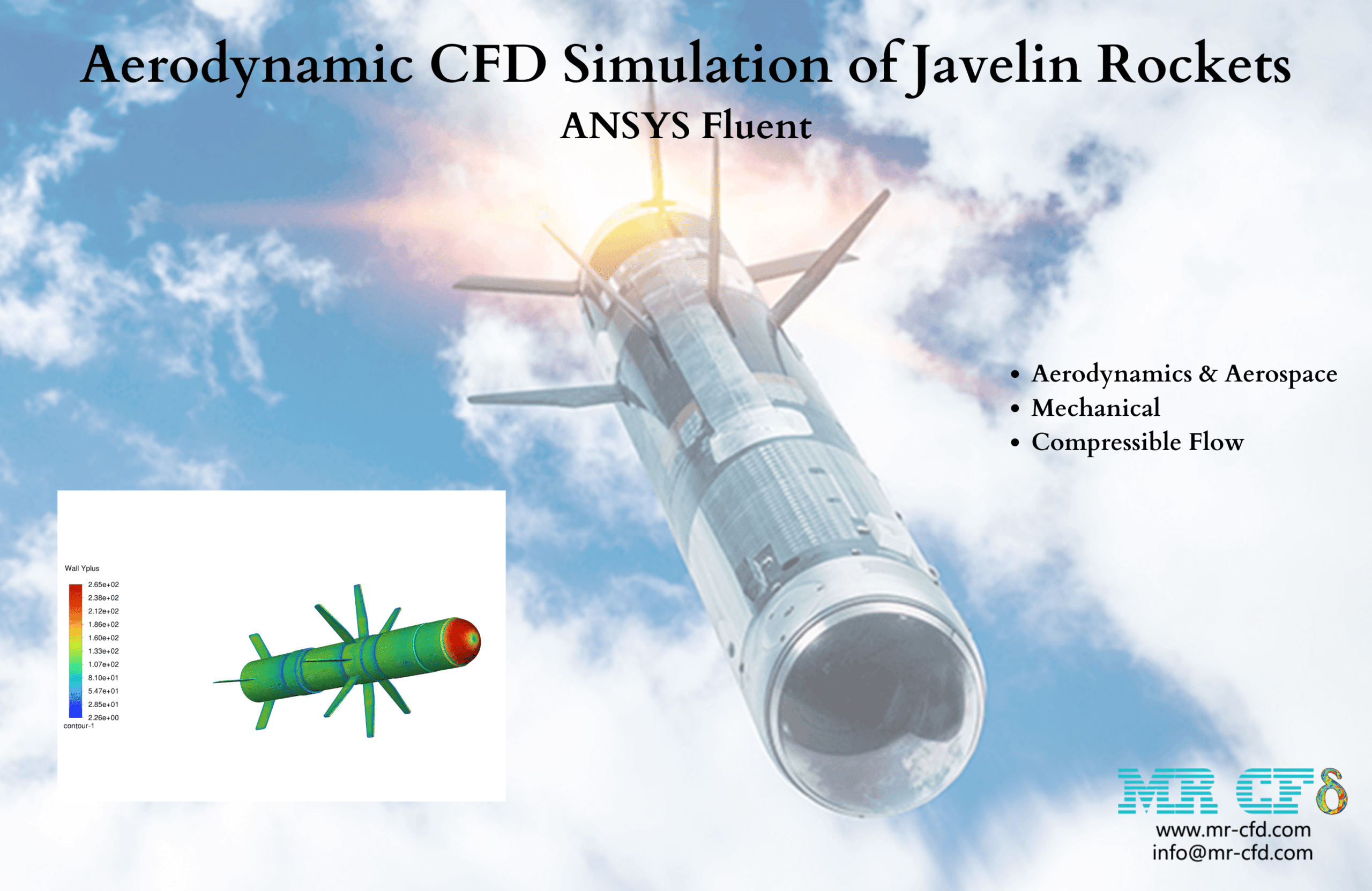



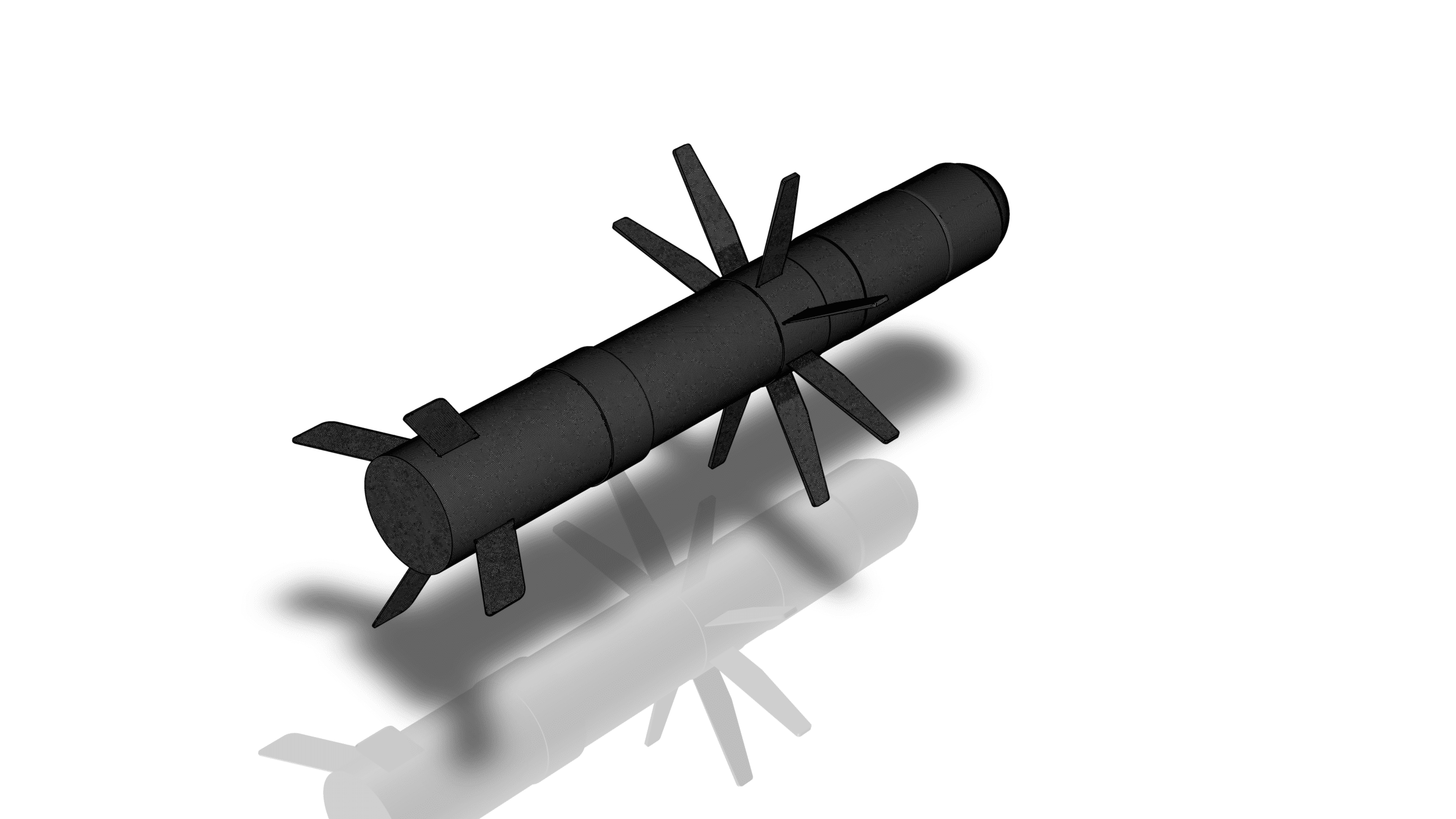

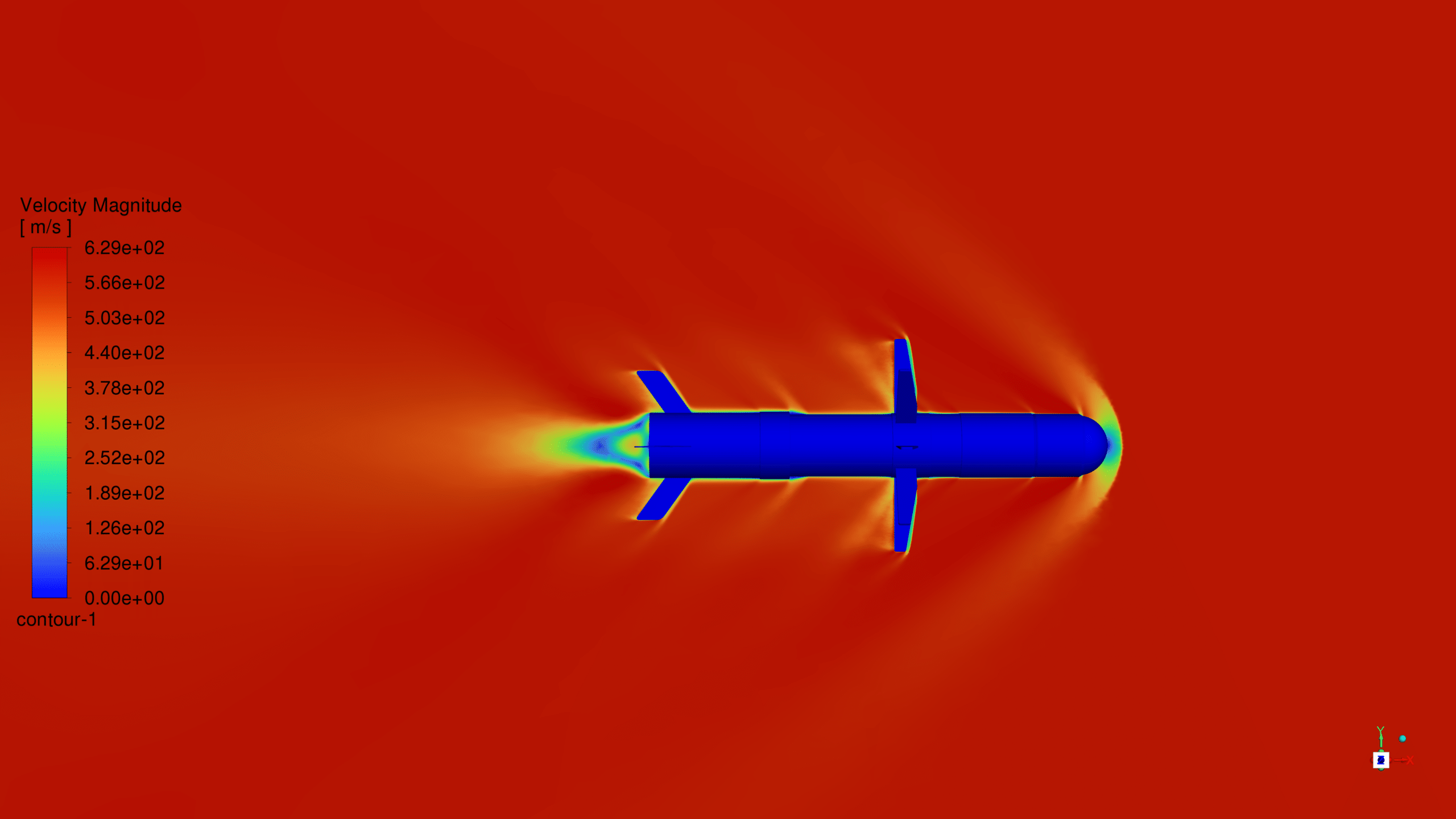

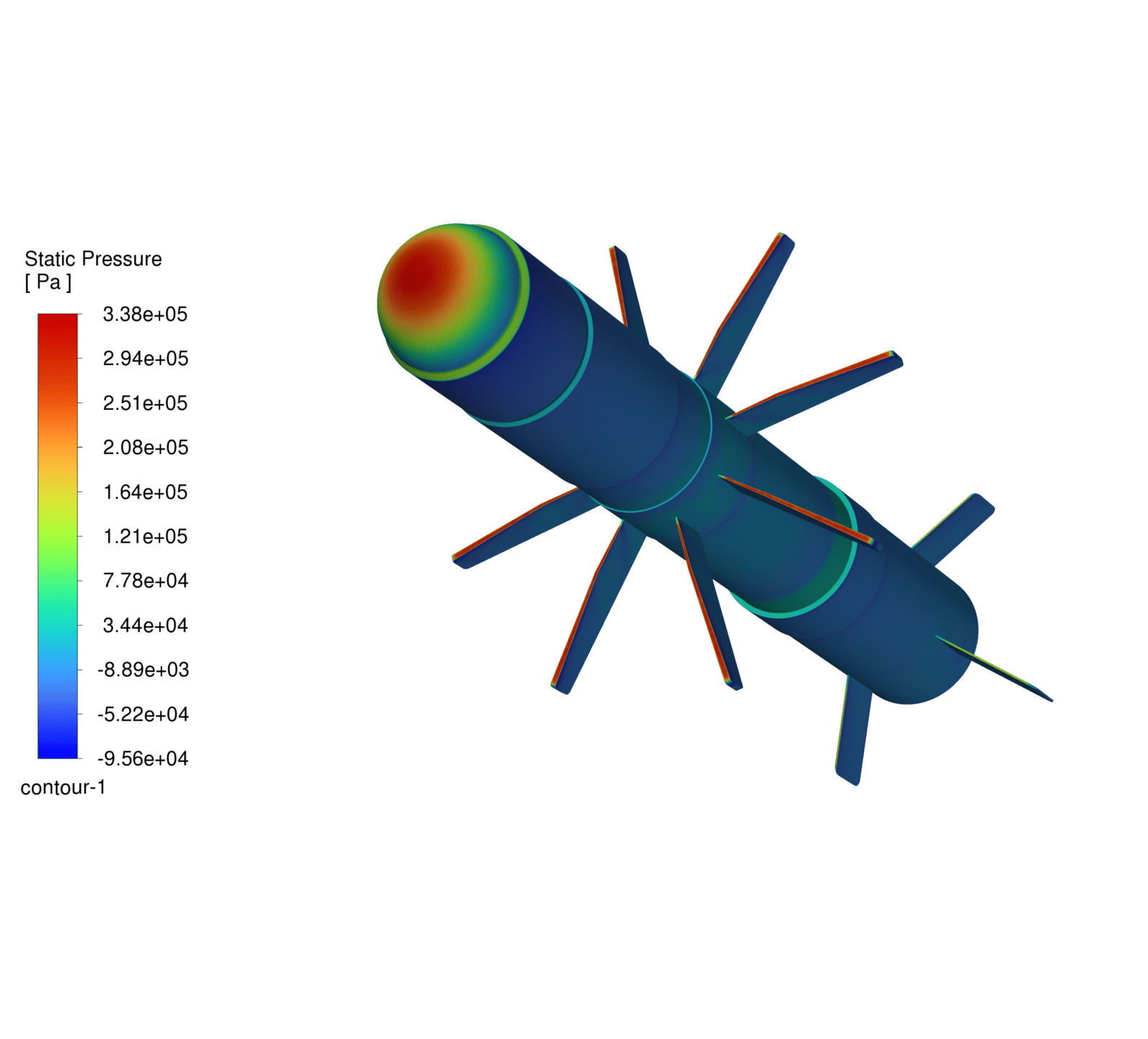
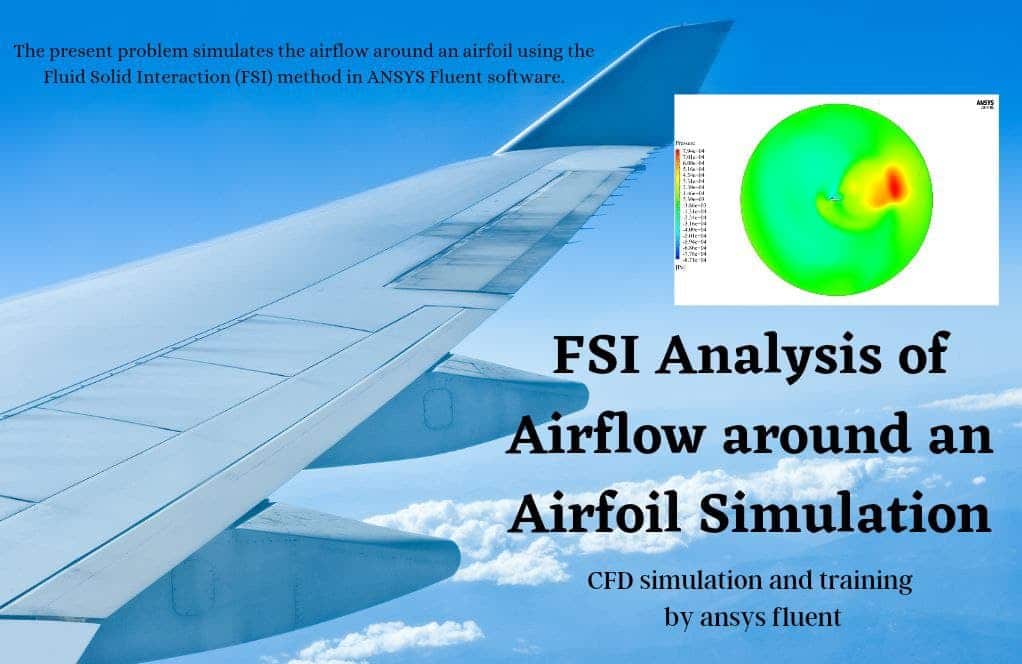


Reviews
There are no reviews yet.